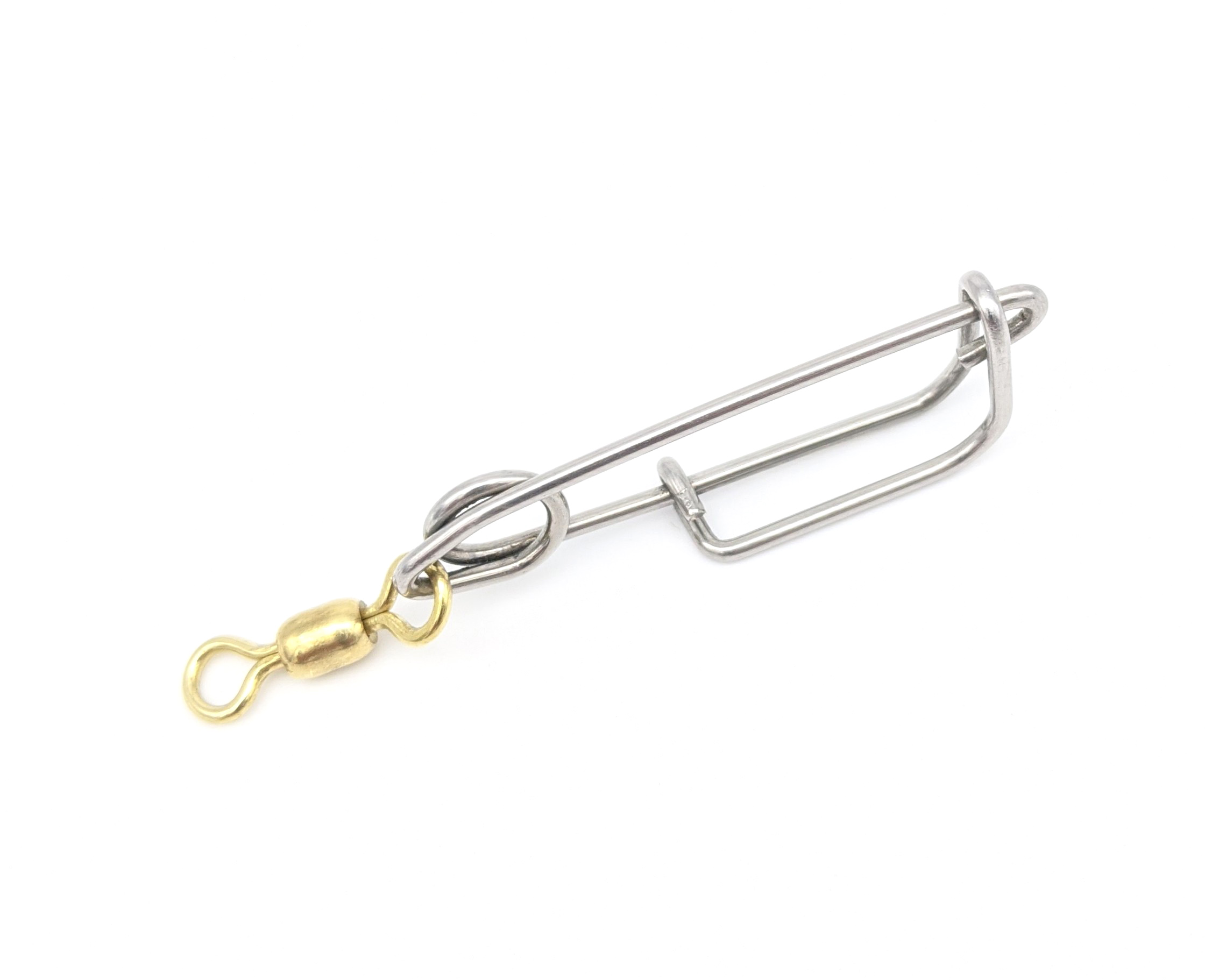Get unique, complex parts easily. No matter your requirements, Chaoyi Spring creates hard-to-produce coil springs and wire forms.
Let us help you create the custom wire form you need, from S-hooks and J-hooks to utility hooks and more.
We work closely with customers across a wide range of industries, helping them design and manufacture made-to-order parts.
Why choose Chaoyi Spring? We prioritize customer-focused collaboration, modern equipment and the latest technology to make your parts per print.
Find the information and guidance you need, from measuring a spring to learning about materials, placing an order and much more.
Torsion springs, known for their twisting action, are essential components in countless applications. From intricate clockwork mechanisms to robust automotive suspensions, torsion springs play a crucial role in providing rotational


Torsion springs, known for their twisting action, are essential components in countless applications. From intricate clockwork mechanisms to robust automotive suspensions, torsion springs play a crucial role in providing rotational force and storing energy. Understanding the intricacies of torsion springs requires delving into their characteristics, types, and applications. This comprehensive guide delves into the world of torsion springs, including a detailed look at torsion spring charts, their significance, and how they can be utilized effectively.

Torsion springs, unlike their linear counterparts, operate by twisting rather than compressing or extending. When a torque or twisting force is applied to a torsion spring, it stores energy and resists the rotation. This inherent property makes them ideal for applications requiring controlled rotational movement or the storage of rotational energy.
A torsion spring chart is an invaluable tool for engineers, designers, and anyone working with these springs. It serves as a visual representation of the relationship between the applied torque, the angle of rotation, and the spring's physical characteristics. This information is vital for selecting the appropriate spring for a specific application and ensuring optimal performance.
A typical torsion spring chart showcases crucial parameters, including:
Torsion spring charts often present data in graphical form, with torque plotted against the angle of rotation. Each curve on the chart represents a different combination of spring parameters, such as wire diameter, mean coil diameter, and number of active coils.
To select the appropriate spring for a specific application, you must consider the required torque, desired angle of rotation, and the available space for the spring. By locating the intersection of the desired torque and angle of rotation on the chart, you can identify the corresponding spring parameters, ensuring that the spring can handle the required load and operate within the designated space.
Torsion spring charts are extensively used in various industries and applications, including:
Using torsion spring charts offers several advantages:
Torsion springs, with their unique ability to store and release rotational energy, are essential components in numerous applications. Mastering the use of torsion spring charts empowers engineers and designers to select the right spring for the job, ensuring optimal performance, efficiency, and reliability. By understanding the intricacies of these charts and the vital parameters they represent, you can effectively design and optimize systems that incorporate these essential components.
Torsion spring charts are not just technical diagrams; they are powerful tools for understanding and applying the principles of torsion springs. With careful consideration and utilization of these charts, you can confidently navigate the world of torsion springs and design innovative solutions that harness the power of rotational force.
Browse some of the custom wire forms and springs that we manufacture. Don’t see what you need? We specialize in made-to-order products that meet your application requirements.
Visit Our GalleryNeed a custom wire form or coil spring? We make it work. Fill out the contact form and a representative will respond within 1 business day. If you have a PDF or CAD file, you can submit to request a quote.